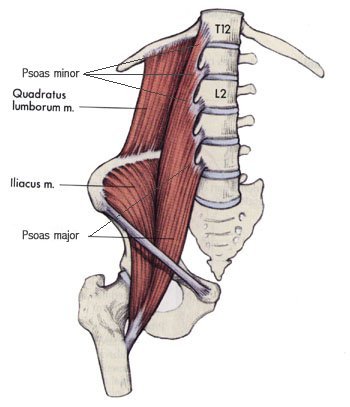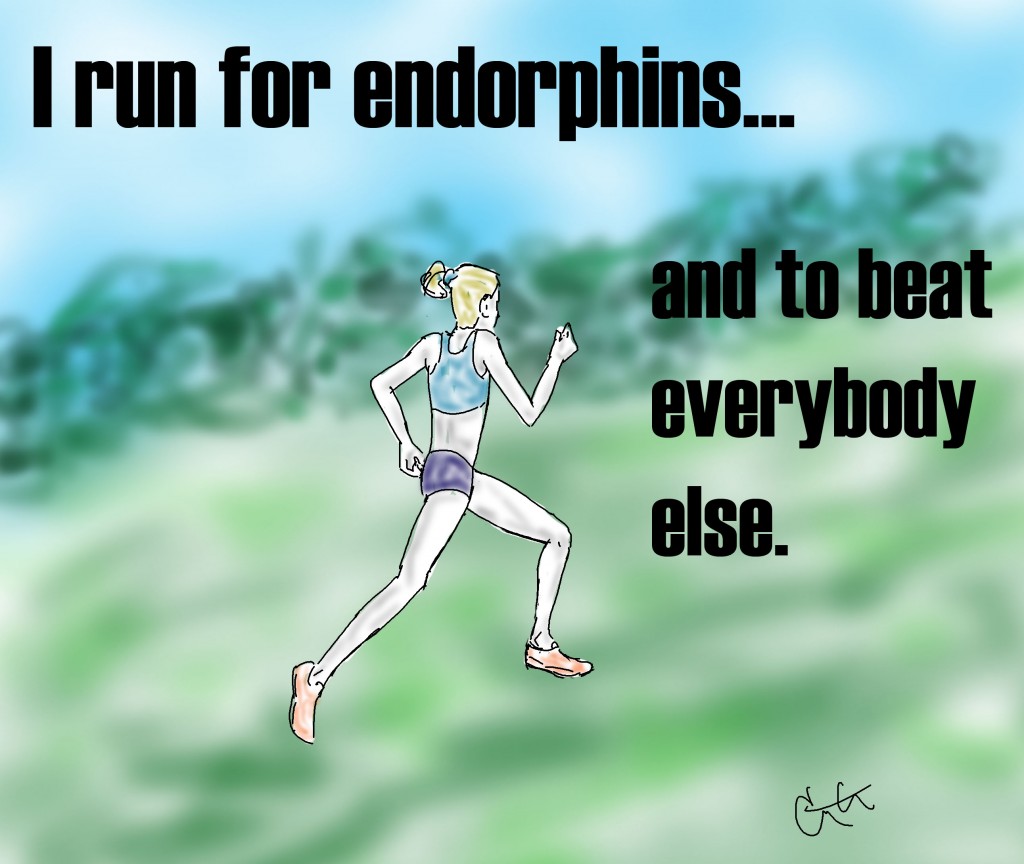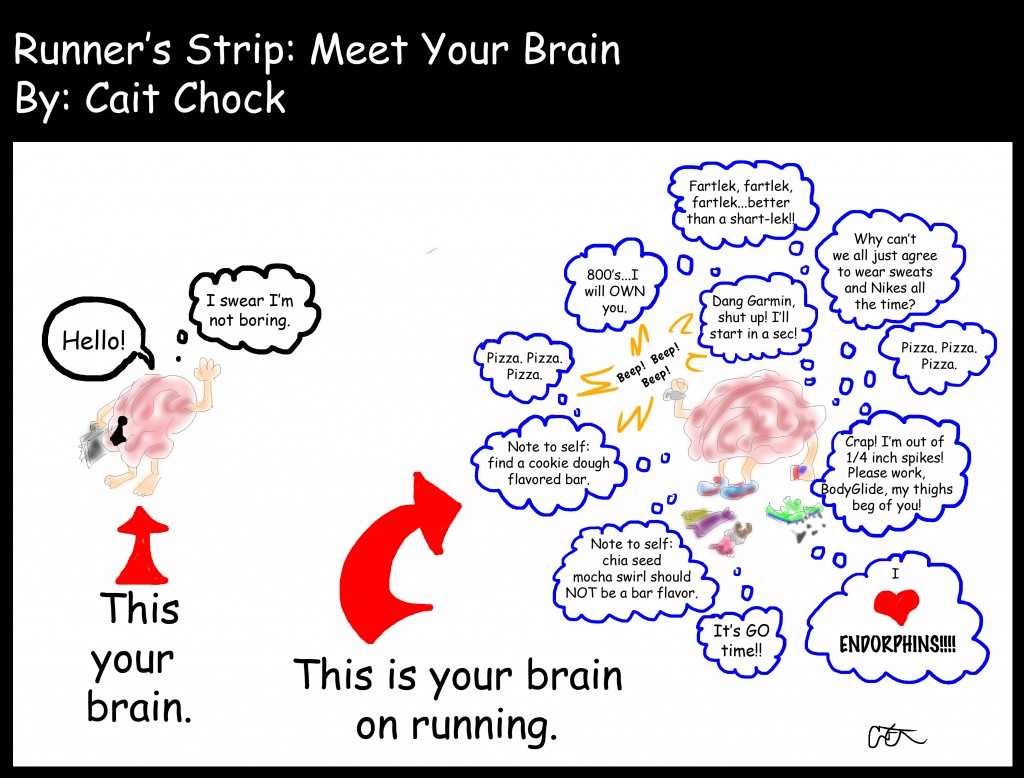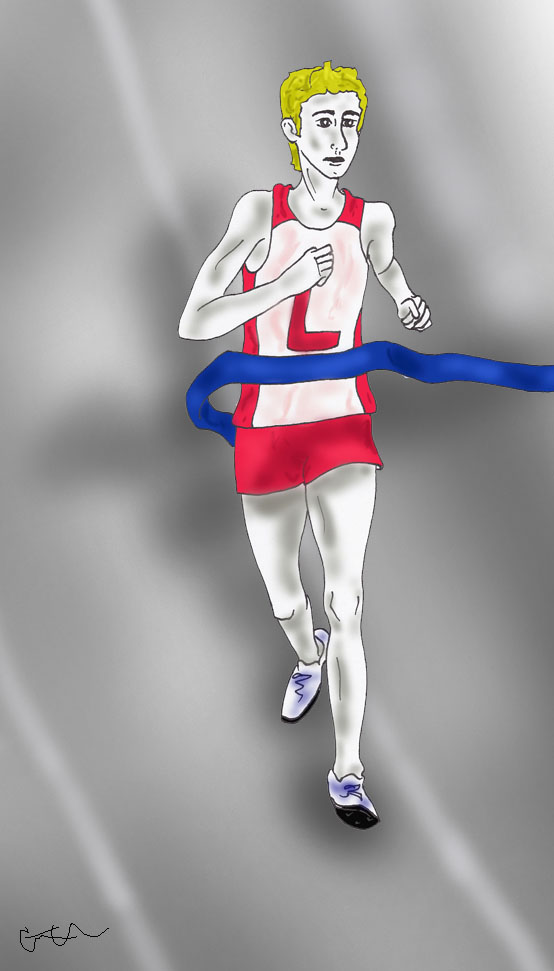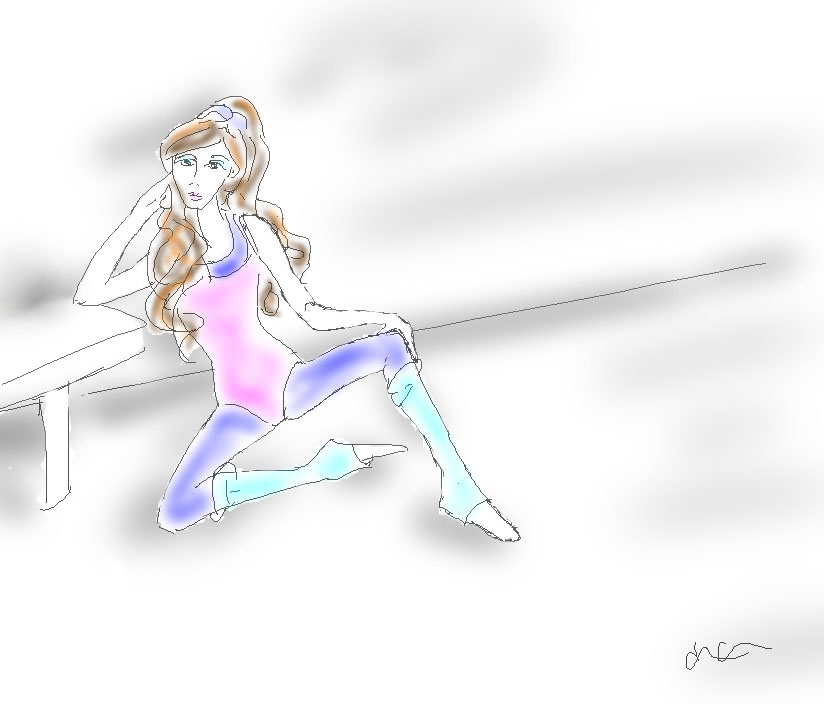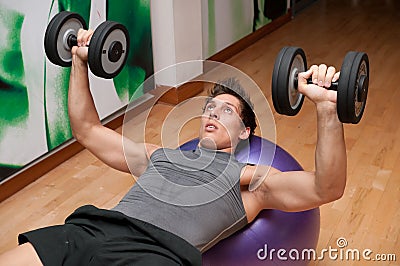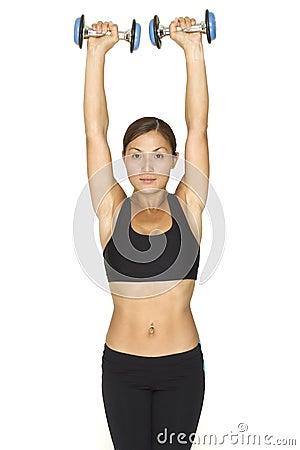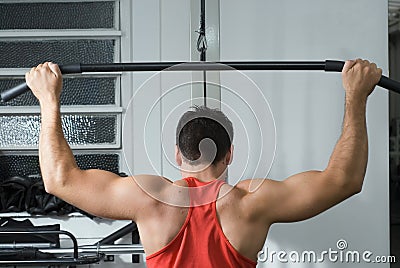Running is wrought with the ‘two steps forward, one step backward’ tests and trials. I’d call it logic, but let’s be honest, most runners lost all logic about 5,000 miles ago. 😉
Progress forward is HARD fought, once you’ve been running for awhile it then come in seconds and tenths rather than minutes. Each new PR ushers you into another realm, and in order to break through and run through to that next level it takes more work than before, and the cycle continues.
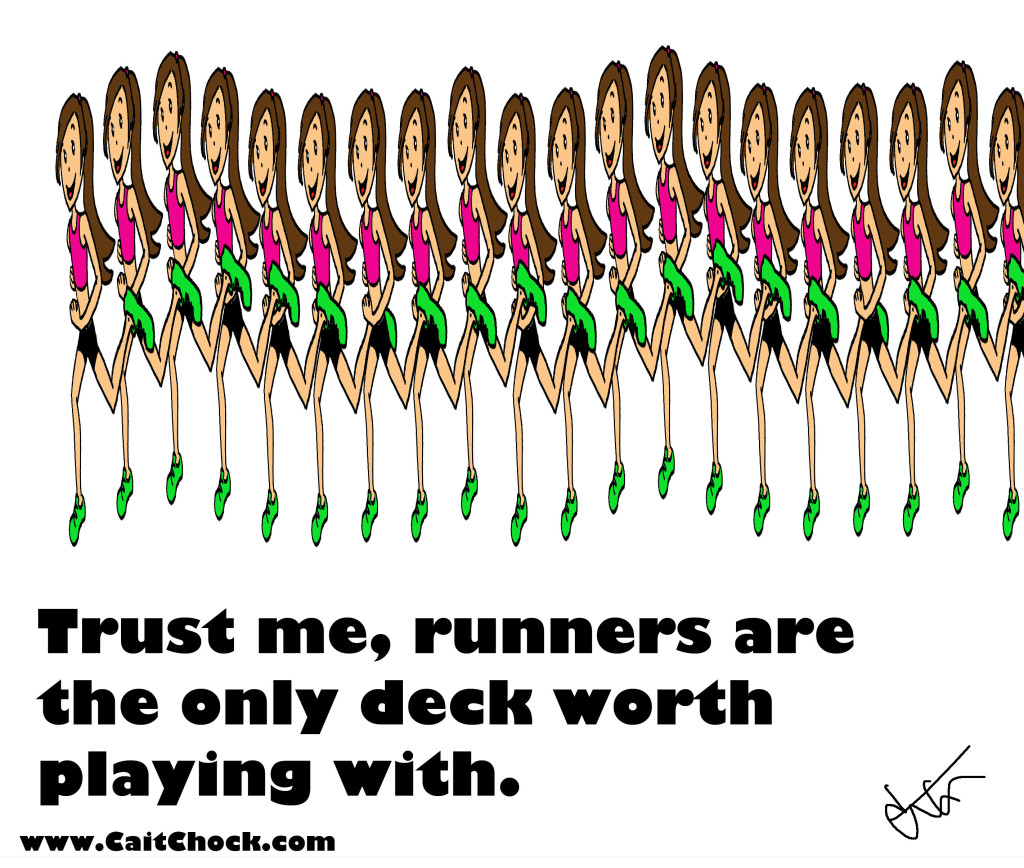
Eventually you’re working to improve by 1 or 2%, and by that time it takes more than just running harder and running faster. One must run harder and faster of course, but also SMARTER, be more ATTUNED, and then PATIENT.
All that patience sure does wear on a runner’s mindset. Typically we want those rewards, those PR’s NOW…but failing to be patient and look long term usually winds you up either 1) hurt or 2) limited.
* Hurt: By running harder and faster smartly that means allowing the body to recover between those hard and fast workouts. If you don’t recover on your easy days then you start greying the line between HARD and EASY. You might think that going harder more often will help, but in fact you wind up being too tired to really NAIL those hard workouts. A bunch of grey running just leads to a bunch of grey racing, not sharp, quality races and workouts. Well, that is if you don’t wind up injured first. I’ll include overtrained under the hurt category, because watching your times slip really does hurt too.
* Limited: By limited I mean you’re not looking at the BIG picture. To gain those ‘little’ percentages forward means you need to widen your scope beyond just running miles. It means having an actual PLAN, including core work, drills, strength work, stretching, injury prevention techniques, eating better...all those ‘extras’. Running SMARTER means being curious, and learning about all the other ways you can improve in addition to running harder and faster.

Distance Paradigm
The other thing about training is there needs to be a balance between just running MORE and running FASTER. Volume and consistency is important of course, but so is being able to get QUALITY out of those miles.
If you DO care about getting more PR’s (someone asked me, so I’ll explain that as Personal Record) then you need to have a speed component in all that running. Some runners fail to think about running more quality, and get lost in the competition to just run MORE. That’s okay, but if you want to run faster you’ve got to get used to running faster, make sense?
Looking long term and being PATIENT means you can’t have it all, all the time. Get your mileage up to a decent level, but from there focus on getting more QUALITY out of those miles. Speed workouts will hurt, duh, but it’s the kind of thing that us runners are a little crazy about and sickly enjoy. Well, enjoy after they are done.
Stepping forward and back, parallels the HARD and EASY days…let the paces step back so you can recover and then jump forward again.
Stepping forward and back also parallels this disgusting thing called an injury; they are unavoidable to even the most patient runner. Take them in stride, get through them and be prepared to step forward again.
Running steps forward every time you get a new PR or hit better times in your workouts; on the heels will be the times when you take steps back with bad races, off days, and horrendous blow-ups of workouts. They happen…don’t let them derail you…because if you are running SMARTLY you can’t ‘lose’ your fitness after just a bad race, dispute that mental thought, it’s a lie.
Runners often want those gains NOW. But sadly, those gains have to be earned…earned with hard freaking work and loads of patience.
1) Fill in the blanks: I recently took a step forward _________________ and was prepared to take a step backwards __________________________.
2) Fill in the blank: I really want to run faster NOW, but looking long term I recently incorporated __________________ to get faster, the payoffs may take a little time.
3) When an injury DOES crop up it tests my patience but I get through it and grow as a runner by ___________________________.



